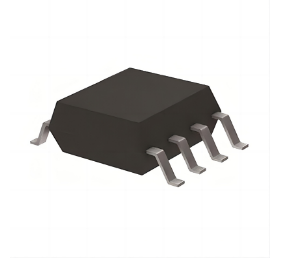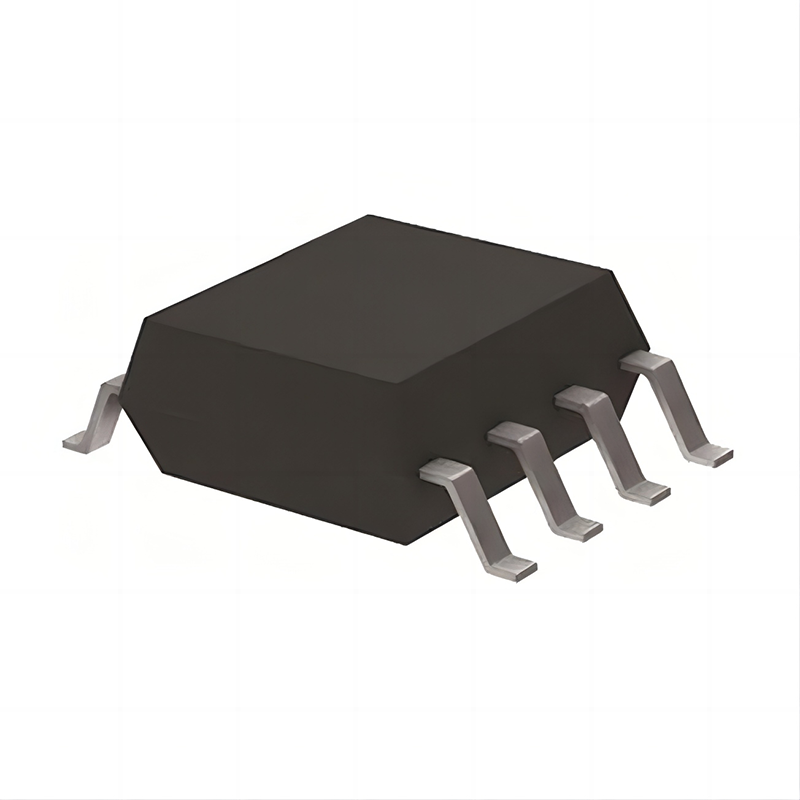Keypad switches have come a long way since their inception, revolutionizing the way we interact with electronic devices. From traditional push-button keypads to advanced touch-sensitive switches, the evolution of keypad technology has been nothing short of remarkable. In this comprehensive guide, we will explore the history, functionality, and applications of keypad switches, shedding light on their significance in the modern world of technology.

History of Keypad Switches
The concept of keypad switches dates back to the early days of telecommunication, where mechanical push-button keypads were used in telephones and other communication devices. These early keypads relied on physical buttons that made contact with underlying circuitry to register input. While effective, these mechanical keypads were limited in terms of functionality and durability.
As technology advanced, the traditional mechanical keypads gave way to more sophisticated designs, including membrane keypads and capacitive touch switches. Membrane keypads utilized a thin, flexible layer of material with printed circuitry to detect user input, while capacitive touch switches employed electrical fields to sense touch and trigger a response. These advancements marked a significant shift in the way keypad switches were designed and utilized, paving the way for further innovation in the field.
Functionality of Keypad Switches
Keypad switches serve as the primary interface for user interaction in a wide range of electronic devices, including smartphones, tablets, remote controls, industrial control panels, and more. Their functionality extends beyond simple input registration, encompassing features such as backlighting, haptic feedback, and customizable layouts. The versatility of keypad switches makes them an integral component of modern electronic devices, enabling intuitive and efficient user interaction.
One of the key factors driving the evolution of keypad switches is the shift towards more compact and sleek designs. Traditional mechanical keypads have been replaced by slim and responsive touch-sensitive switches, offering a seamless user experience while maximizing space efficiency. The integration of advanced materials and manufacturing techniques has further enhanced the durability and reliability of keypad switches, ensuring consistent performance in diverse environments.
Applications of Keypad Switches
The applications of keypad switches are diverse and widespread, spanning across consumer electronics, automotive systems, medical devices, and industrial equipment. In consumer electronics, keypad switches are used in smartphones, tablets, and wearable devices, providing users with a tactile and responsive interface for navigating menus, entering text, and controlling device functions. Automotive systems utilize keypad switches for in-vehicle infotainment systems, climate control panels, and driver assistance interfaces, offering drivers and passengers a convenient way to interact with the vehicle's features.
In the medical field, keypad switches are integrated into diagnostic equipment, patient monitoring devices, and medical instruments, enabling healthcare professionals to input data and control device settings with precision and reliability. Industrial applications of keypad switches include control panels for machinery, process automation systems, and ruggedized interfaces for harsh environments, where the durability and resilience of keypad switches are essential for uninterrupted operation.
The Future of Keypad Switches
Looking ahead, the future of keypad switches is poised for further innovation and advancement. Emerging technologies such as flexible and transparent touch sensors, 3D touch interfaces, and gesture recognition are reshaping the landscape of user interaction, offering new possibilities for the design and functionality of keypad switches. Additionally, the integration of biometric authentication features, such as fingerprint and facial recognition, is enhancing the security and personalization of keypad switches in various applications.
As the demand for intuitive and user-friendly interfaces continues to grow, keypad switches will play a pivotal role in shaping the next generation of electronic devices. The convergence of design, functionality, and user experience will drive the development of keypad switches that are not only technologically advanced but also seamlessly integrated into the overall product design.
In conclusion, the evolution of keypad switches has been marked by significant technological advancements, transforming the way we interact with electronic devices. From their humble beginnings as mechanical push-button keypads to the sophisticated touch-sensitive switches of today, keypad technology has continuously evolved to meet the demands of modern user interfaces. As we look towards the future, the potential for further innovation in keypad switches is boundless, promising new levels of functionality, versatility, and user experience.

 My Cart
My Cart




